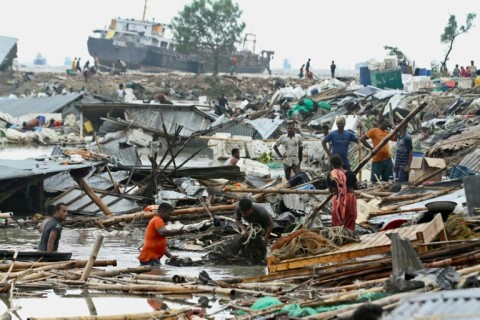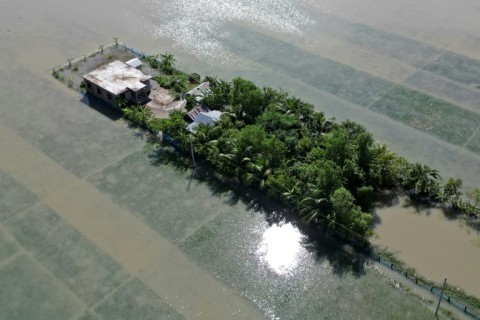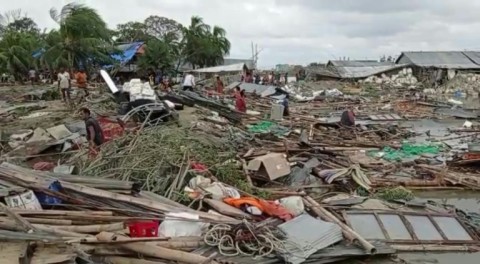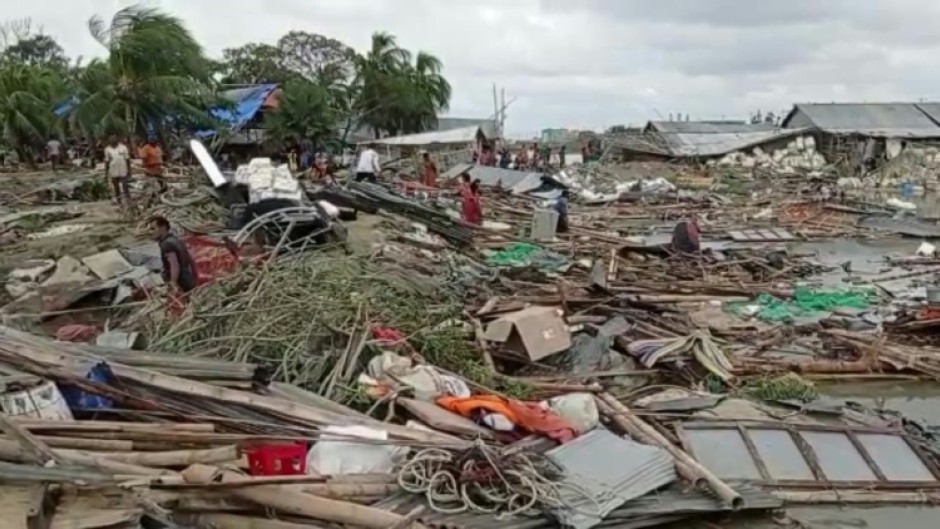
DHAKA - Bangladesh rescue workers found the bodies of four missing crew of a dredger boat, taking the death toll from Cyclone Sitrang to 28 as millions remained without power, officials said Wednesday.
Cyclones -- the equivalent of hurricanes in the Atlantic or typhoons in the Pacific -- are a regular menace in the region but scientists say climate change is likely making them more intense and frequent.
Cyclone Sitrang made landfall in southern Bangladesh on Monday but authorities managed to get about a million people to safety before the monster storm hit.
With winds of 80 kilometres (55 miles) per hour, it still left a trail of devastation in the country's densely populated, low-lying coastal region, which is home to tens of millions of people.

The government said nearly 10,000 tin-roofed homes were either "destroyed or damaged" and crops on large swathes of farmland were wrecked at a time of record-high food inflation.
Fire department divers found the bodies of four crew of a dredger boat that sank during the storm in the Bay of Bengal.
"We found one body on Tuesday night and three more this morning. Four crew are still missing," Abdullah Pasha from the fire department told AFP.
Nearly five million people were still without power on Wednesday, Rural Electrification Board official Debashish Chakrabarty told AFP.
Nearly a million people who were evacuated from low-lying regions have now returned to their homes.
Trees were uprooted as far away as the capital Dhaka, hundreds of kilometres from the storm's centre.
Heavy rains lashed much of the country, flooding cities such as Dhaka, Khulna and Barisal -- which took on 324 millimetres (13 inches) of rainfall on Monday.

In recent years, better forecasting and more effective evacuation planning have dramatically reduced the death toll from such storms.
The worst recorded, in 1970, killed hundreds of thousands of people.
sa/sam/stu/qan

